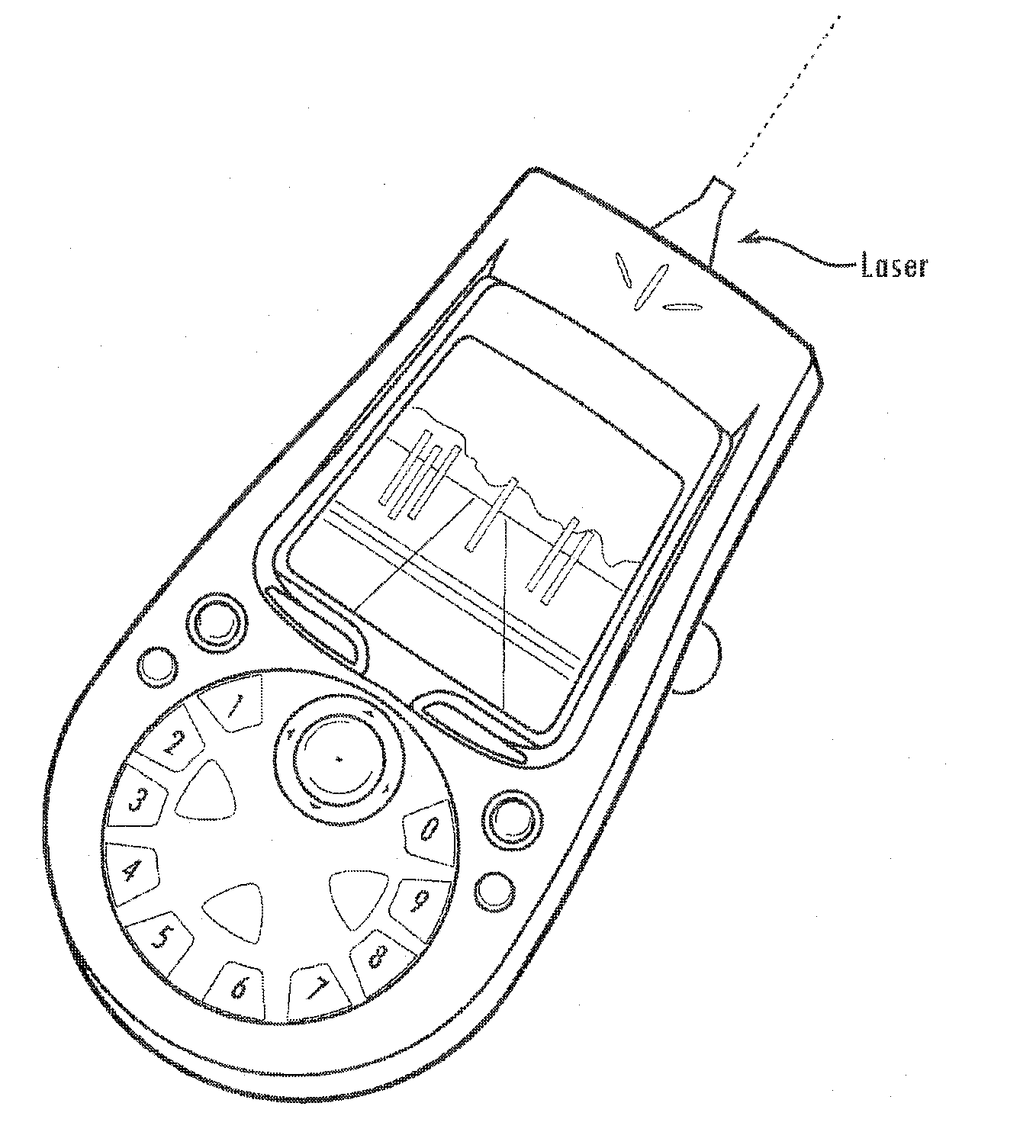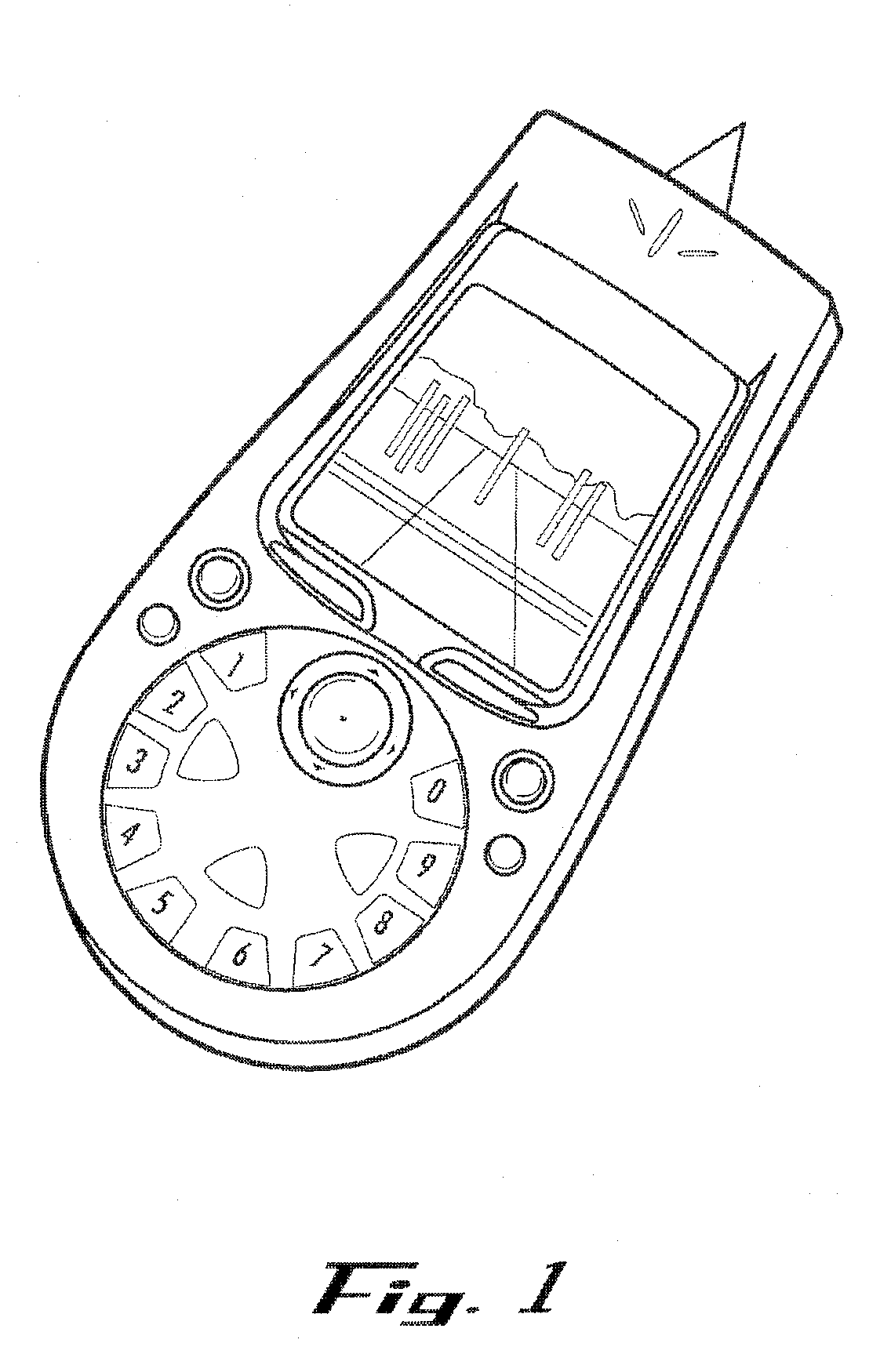Triangulation method and apparatus for targeting and accessing spatially associated information
a technology of spatially associated information and triangulation method, which is applied in the direction of distance measurement, navigation instruments, instruments, etc., can solve the problems of not being able to and not being able to keep printed information up to date, etc., to achieve accurate identification of the distant location, reduce the amount of information, and accurately identify the distant location
- Summary
- Abstract
- Description
- Claims
- Application Information
AI Technical Summary
Benefits of technology
Problems solved by technology
Method used
Image
Examples
Embodiment Construction
[0027] The following description is not to be taken in a limiting sense, but is made merely for the purpose of describing the general principles of exemplary embodiments. The scope of the invention should be determined with reference to the claims.
Operational Overview
[0028] The present embodiments enable a user to access information associated with a distant spatial location (or a distant spatial area) by pointing a handheld computing device at that distant location (or distant area) from a plurality of different local locations. As used herein, the term “distant location” refers to a spatial location within the user's environment that is located some distance away from the place that the user is standing. In practical terms, a distant location is a location that is far enough away from the user or inconvenient enough to access that it does not make sense for the user to simply walk over and hold the personal computing device at or near that location. Similarly, as used herein, t...
PUM
 Login to View More
Login to View More Abstract
Description
Claims
Application Information
 Login to View More
Login to View More - R&D
- Intellectual Property
- Life Sciences
- Materials
- Tech Scout
- Unparalleled Data Quality
- Higher Quality Content
- 60% Fewer Hallucinations
Browse by: Latest US Patents, China's latest patents, Technical Efficacy Thesaurus, Application Domain, Technology Topic, Popular Technical Reports.
© 2025 PatSnap. All rights reserved.Legal|Privacy policy|Modern Slavery Act Transparency Statement|Sitemap|About US| Contact US: help@patsnap.com



